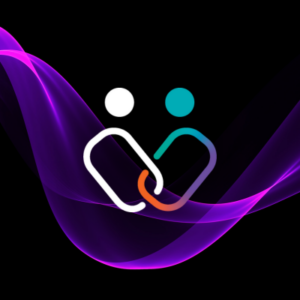What is FHIR?
FHIR (Fast Healthcare Interoperability Resource) is a standard that defines the data formats and elements for exchanging electronic health records across the health processes, which is created and maintained by HL7. It enables to send the data across different health IT systems and receive it in a readable and usable manner. It enables instant incorporation of medical records from different facilities which makes a complete EHR record accessible to patient, practitioner , healthcare organizations and implementers. It supports REST architecture and employs other web technologies like JSON, HTTPS, XML, OAuth.
Who is adopting FHIR?
Due to these and many other benefits of FHIR, most EHR vendors are adopting and implementing HL7 FHIR® in health information technology. The ONC recently reported, 10 health IT developers like Allscripts, Epic, Cerner, GE, eClinicalWorks, Meditech and others are already using FHIR, all systems that 1upHealth supports as well. These EHRs create the largest market share across hospitals and clinicians and therefore patient access too.
| Ten EHRs with the Largest Market Share | API standard Referenced | % of Hospitals Report Using | % of Clinicians Report Using |
|---|---|---|---|
| Allscripts | FHIR® Release 2 | 5% | 9% |
| athenahealth | FHIR® Release 2 | <1% | 5% |
| Cerner | FHIR® Release 2 | 21% | 5% |
| CPSI | FHIR® Release 2 | 10% | — |
| eClinicalWorks | FHIR® Release 3 | — | 7% |
| Epic | FHIR® Release 2 | 21% | 27% |
| GE | FHIR® Release 2 | <1% | 5% |
| MEDHOST | FHIR® Release 2 | 5% | — |
| MEDITECH | FHIR® Release 2 | 20% | <1% |
| NextGen | FHIR® Release 2 | <1% | 6% |
| Total | 82% | 64% |
Fhir was published as a “Draft Standard for Trial Use (DSTU) by HL7 in February, 2014. As a part of Agronaut project, funding and political will was provided to publish FHIR® implementation guides. Since then it has been gaining attraction.

This google trends graph shows that FHIR® has been catching a lot of interest throughout the nation after its advent. There are many organizations which are now interested in FHIR® and its specifications.
With the third release of the FHIR® specification in 2017, FHIR® has significant adoption with many applications and FHIR® interfaces being built. Because FHIR® uses the same RESTful API technology that familiar APIs of Google, Facebook, Twitter and other tech companies use, it’s very simple to get started.
Other content you may be interested in:
Q&A from the “CMS-0057 in Action: Strategies for Effective Interoperability & Maximum Impact” Webinar
During our recent “CMS-0057 in Action: Strategies for Effective Interoperability & Maximum Impact” webinar, we received...
4 Takeaways from the “CMS-0057 in Action: Strategies for Effective Interoperability & Maximum Impact” Webinar
The 1upHealth team recently hosted a webinar entitled, “CMS in Action: Strategies for Effective Interoperability &...
Not All Patient Access Implementations are Created Equal
Flexpa, a digital health platform company, recently published its first State of Payer Patient Access APIs...







